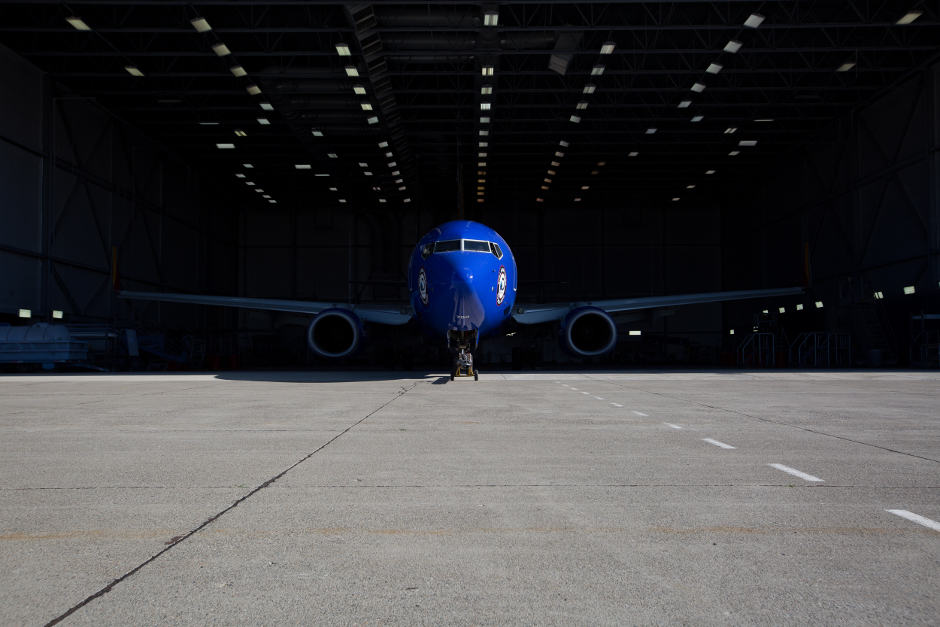
On April 17, 2018 Southwest flight 1380 from New York La Guardia to Dallas Love Field was diverted to Philadelphia approximately 20 minutes after take-off when the cockpit was alerted to a serious anomaly in the aircraft’s number one engine.
According to Robert Sumwalt, chairman of the US National Transportation Safety Board (NTSB), preliminary investigations have determined that a fan blade from the CFM56-7B engine ‘separated at the point where it would come into the hub’, citing evidence of metal fatigue where the blade separated. He added that it will take between 12 to 15 months to conduct a thorough investigation.
Shrapnel from the damaged engine penetrated the 737-700's aircraft cabin, leading to the death of one passenger and injuries to seven others.
Southwest Airlines is now ‘accelerating its existing engine inspection program relating to the CFM56 engine family’, which is expected to be completed over the next 30 days and will involve ultrasonic inspections of fan blades. Technicians from engine manufacturer CFM International are assisting with this effort.
“Whilst the apparent 'missing front fan blade' is interesting, the investigation will also need to focus on the detailed maintenance history of all the engine components, in addition to any relevant aircraft performance data,” said Dr Stephen Wright, aviation lecturer at Leeds University.
Dr Wright explained via email that detecting metal fatigue and similar anomalies have been a routine maintenance activity for many years, specifically for routine engine inspections.
“For instance, the combustor linings for gas turbine are known to be fragile and can crack/deform/ wear in a service operation,” he said. “This is mitigated by both the manufacturers and the operators by routinely borescoping the inside of the engine.
“Furthermore, the videos and images taken are compared to previous content to check if noticeable changes have been detected. If so, this would realistically require a maintenance corrective action - the defective parts are removed and new serviceable parts are installed by a licensed aircraft engineer.
“When the parts are off the aircraft and in the repair station a more thorough level of investigation can be performed that would be impractical whilst the engine is on the aircraft wing.”
Dr Wright added that an interim investigation may ask for similar aircraft to be inspected. To this end, the US Federal Aviation Administration (FAA) is set to issue an Airworthiness Directive (AD) that will require inspections of certain CFM56-7B engines. According to FAA, the directive will require an ultrasonic inspection of fan blades when they reach a certain number of take-offs and landings. Any blades that fail the inspection will have to be replaced.
The CFM56-7B is produced by CFM International, an equal joint venture between GE and Safran Aircraft Engines. The engine came into service in 1997 and accumulated over 350 million flight hours with more than 6,700 aircraft worldwide.




Project REvAR aims for energy and clean water from sewage
I struggled to find much detail about <i>this</i> project but it seems to have similarities to another report from 2022...